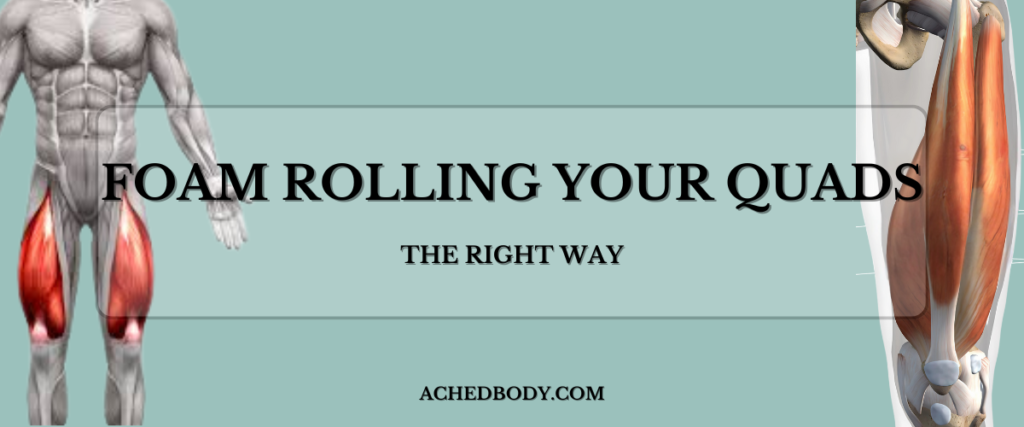
How to Foam Roll Your Quads the Right Way
Foam rolling your quads might be one of the best things you can do to loosen tight muscles, improve mobility, and get rid of leg pain or quad related knee pain.
But there’s a right way and a wrong way to do it—and if you’ve ever flopped onto a foam roller and hoped for the best, this guide is for you.
So in this guide I will talk about
The benefits of foam rolling your quads
How to Foam Roll Your Quads (with video examples)
Which foam rollers are best for you
Let’s get to it!
Benefits of Foam Rolling Your Quads
Your quadriceps are responsible for knee extension, hip flexion, and absorbing shock during walking, running, and jumping.
Overuse and prolonged sitting, will create imbalances and develop trigger points.
Foam rolling (along with trigger pointing your quads) helps by applying targeted pressure to these areas, breaking up adhesions to improve blood flow to reintegrate in your body with quad stretches and corrective exercise.
Foam rolling will also:
- Increases circulation and nutrient delivery
- Releases trigger points and knots
- Enhances flexibility and range of motion
- Decreases post-workout soreness (DOMS)
- Helps correct poor posture due to quad tightness
How to Foam Roll Your Quads (Step-by-Step)
Knee pain and other issues stem a lot from tight quads. Here’s a full guide on foam rolling them to get rid of pain!
- Lie face down with one thigh on the roller and the other leg bent to the side for support.
- Support your upper body with your forearms, like a plank.
- Roll from just below your hip to just above your knee in small increments.
- Use your arms and opposite leg to control the movement.

Pause on tender spots:
- When you find a trigger point (a tender, tight, or sore area), pause and hold for about 30 seconds.
- Breathe deeply and relax into the pressure. This helps the muscle release.
- Repeat on another angle of the same leg, switch sides and stretch
There are four muscles to target on the front of your leg so changing the angle to tend to each muscle is important.
Then, stretch the quad of the leg you just rolled before switching legs to get them evenly.
Tips for Better Quad Foam Rolling
- Go slow. Speeding through doesn’t give the tissue time to adapt. That is why I like to roll each muscle in smaller sections. By staying in a smaller area, you can get the most benefit out of the session.
- Avoid rolling over joints. Stay on the muscle belly, not the kneecap or hip bones.
- Don’t hold your breath. Take deep breaths and Exhale slowly when you hit a painful spot.
- Use active release techniques to get more out of the rolling section (in the video above)
How Often Should You Foam Roll Your Quads?
In my opinion, the only time you can foam roll too much is if you use too much pressure and damage your muscle tissue.
Other than that, it is pretty hard to over do it.
This is usually easy to spot due to bruising.
Current research shows that It is safe to foam roll before, during or after exercise for as long as you want.
With that said, you can still overdo it, but it is on a case by case basis.
Should Foam Rolling Hurt?
Foam rolling might feel uncomfortable—especially if your muscles are tight or knotted—but it should never be unbearable.
Aim for a 6–7 out of 10 on the discomfort scale. If you’re holding your breath, clenching your teeth, or tensing up, you’re going too hard and you will damage your muscle tissue.
Over time, regular foam rolling becomes less painful and more effective.
Choosing the Right Foam Roller for Your Quads
Not all rollers are created equal.
Here are some thoughts on what makes a good foam roller:

Soft Foam Roller:
Soft foam rollers like this one are great for all levels and will give you more of a therapeutic experience aiming to get a slow and easy release. It’s great for beginners or very sore muscles
Firm Foam Roller:
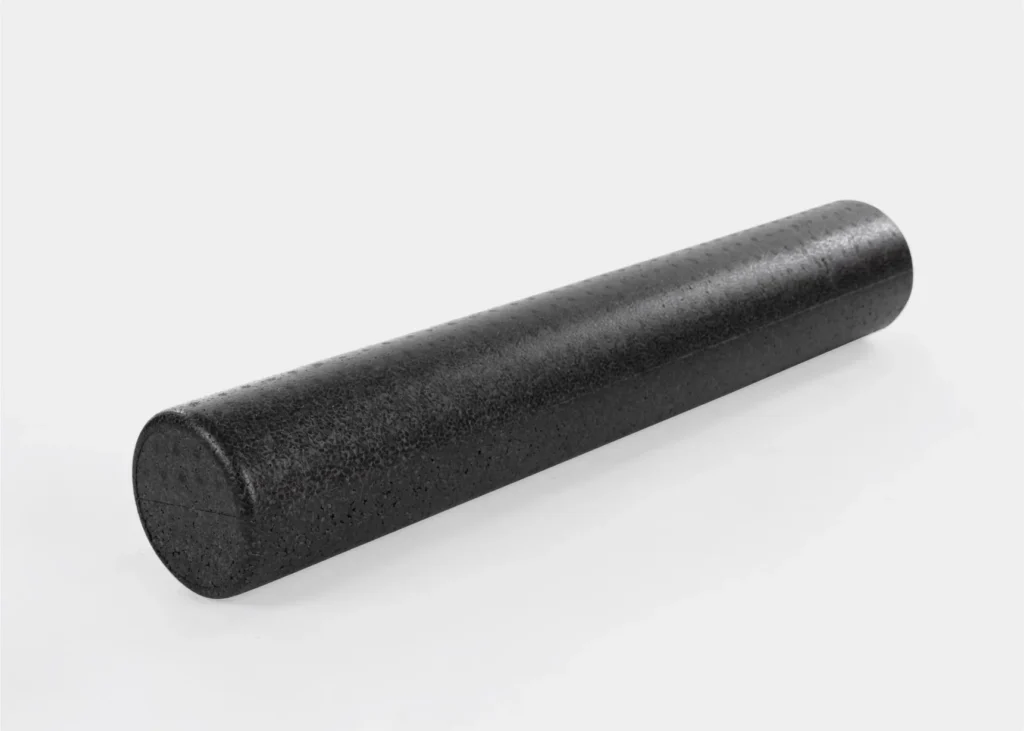
If I have to use a foam roller, I would prefer a more firm one like this. It is still soft enough that it won’t crush your muscles under small amounts of pressure, but it won’t cave in like soft rollers do.
They are better for deep pressure and active recovery, so if you are active, this style may be great for you.
PVC Firm Roller:
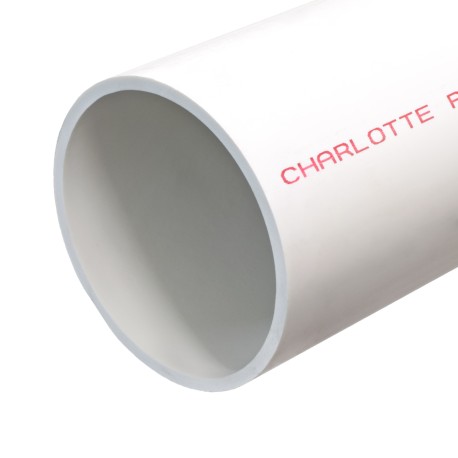
In the past few years, I have switched to PVC pipes to get a very firm roller.
You can go to any Home Depot and get a pre-cut PVC pipe that is 5-7 inches wide. They’re perfect for rolling out all parts of your legs, and are also great for rolling out your lats or arms.
Textured Roller:
Personally, I am not a huge fan of these, as they are great for some parts of your body but are difficult to use everywhere.
Some people also find them uncomfortable, but the idea behind them is to give varying pressure to different spots as you roll.
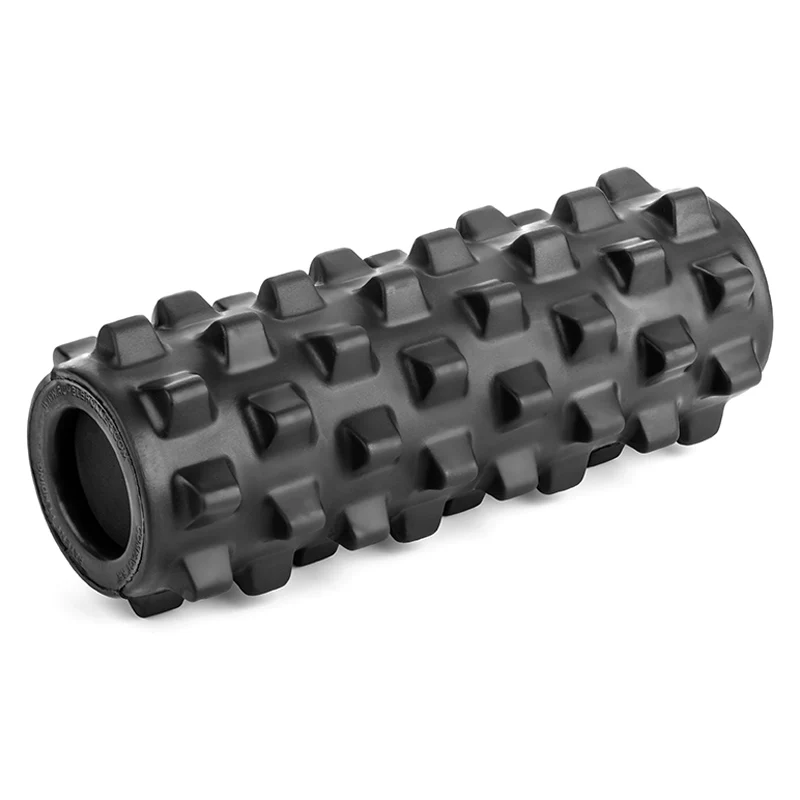
Massage Stick:
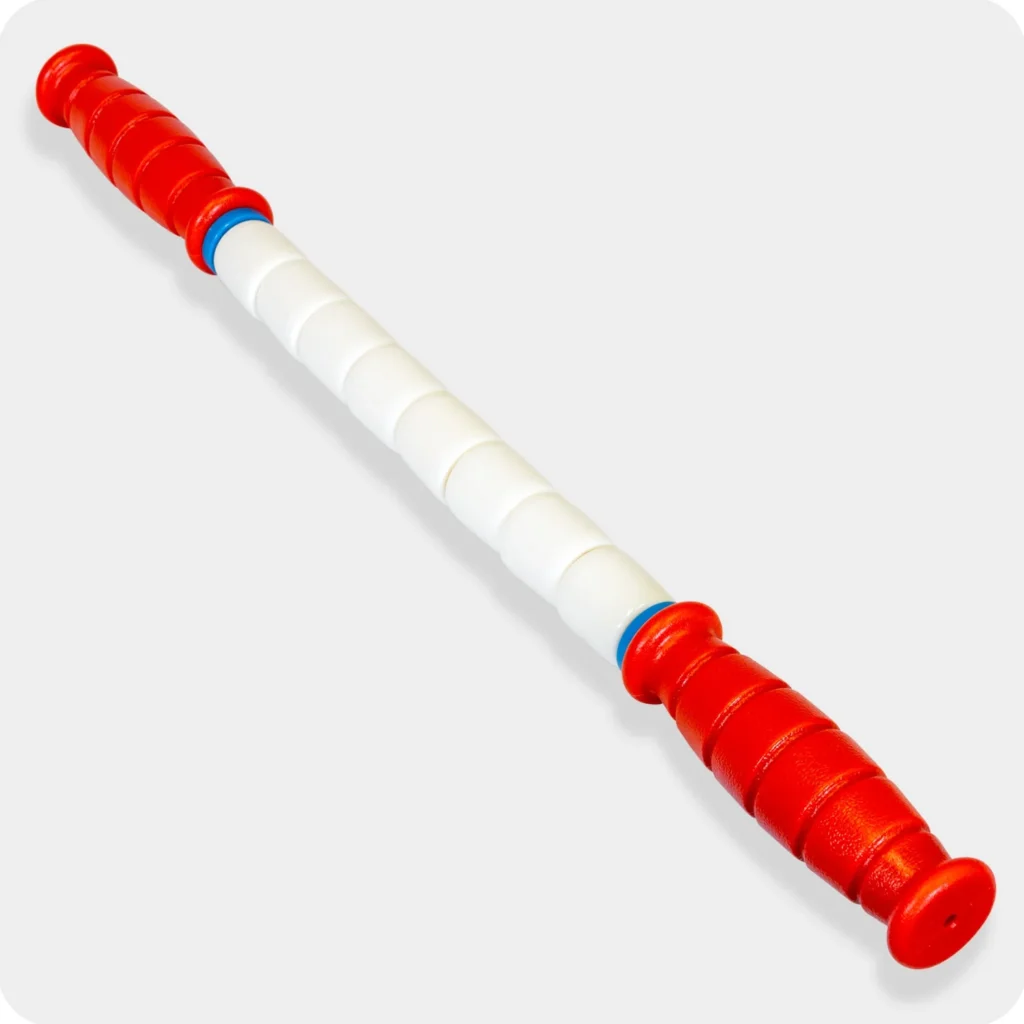
I love massage sticks for my quads, you can control the pressure yourself and if you have a partner to help, it can be extremely helpful (although painful).
If you have a partner, you can put one leg up on their shoulder while laying down and have them roll from just above your knee, down towards your hip.
There are a lot of different angles you can hit with this and it will flush out a ton of trigger points and drain your lymphatic system at the same time!
Final Thoughts
If your quads are extra tender, start with a softer roller or try a massage stick in a seated or side-lying position.
If you loved the foam rolling tips and how-to explanation in this article, you need to learn how to stretch your quads too.
Foam rolling is an important part of the health of your quads, along with stretching and trigger point therapy.
As always, let me know if you have any questions and I will get back to you ASAP!
Good luck!
-Nick